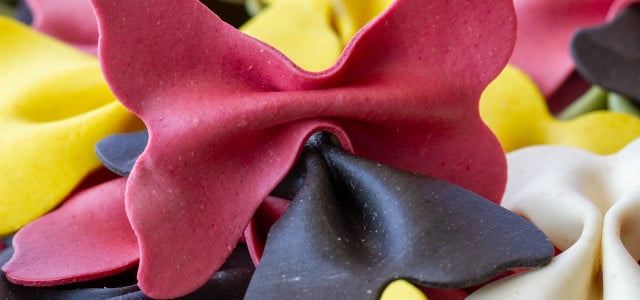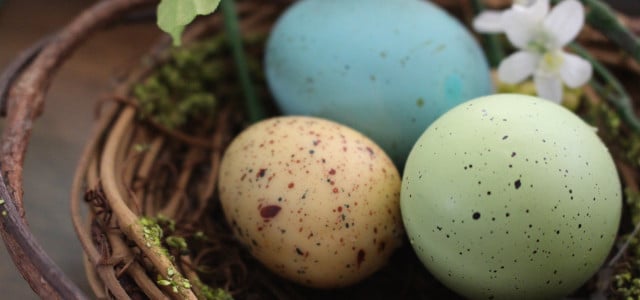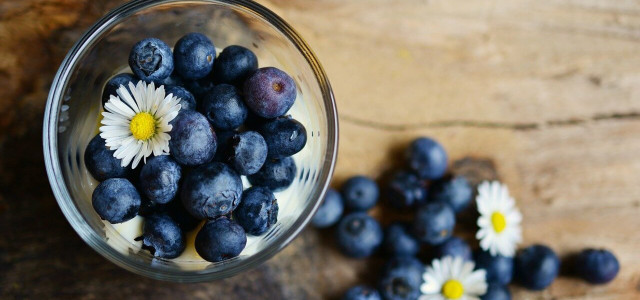Only used artificial food dyes so far? You'll be surprised at the results you can get using natural ingredients. Here's how to make natural red food coloring.
One of the main reasons to opt for natural food coloring is that artificial food dyes have been linked to various health concerns. As a study from 2012 has found, several US-approved food dyes cause hypersensitivity reactions and some are even carcinogenic, meaning they may promote the formation of cancer.
While the FDA does not raise any safety concerns regarding color additives approved for use in the US, they do note that some children may be sensitive to them. At best, the topic remains controversial, not least because it is associated with animal testing.
By using natural food coloring, you can be certain that it is safe to use and can achieve great results.
How to Make Natural Red Food Coloring
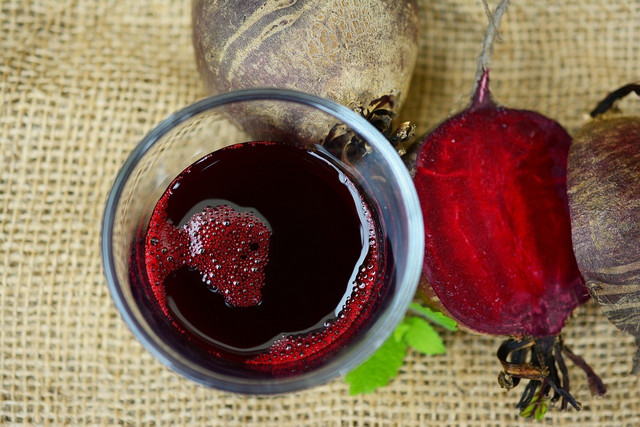
(Foto: CC0 / Pixabay / congerdesign)
You know those veggies that will stain anything they come in contact with? Well, you can use them to your advantage to make natural food coloring.
There are two kinds of food dyes you can make: liquid dyes work well with purées, frosting, and creams, whereas powder dye is the way to go when it comes to sturdy doughs, for example.
- Beet: make fresh beet juice or buy organic beet powder, depending on what you want to use the dye for. Cut three red beets into thin slices. Place the chunks in a pot and cover with water, then bring to a boil. Let everything simmer until the beets have lost their dark red color and soaked up most of the water. Take out the beets and add them to your next meal. Preserve the leftover juice and use as food dye. You can for instance use it to make a wonderful red velvet cake. Curious? Try this Vegan Red Velvet Cake Recipe.
- Raspberries and strawberries will give you a lighter, rose color and add a sweet fruity note that goes well with just about any desert. Simply place the berries in a pot, add the same amount of water and let everything simmer until you get a soft paste. Stir regularly. You can also put your fresh or frozen berries in a blender and mix them until they’re soft. Use the fruit puree as is, or pass the berries through a straining cloth and use the juice that comes out. Raspberry dye looks and tastes great with fillings and frostings, ice cream and other deserts. For instance, try them with this No Bake Vegan Cheesecake Recipe.
- Instead of using raspberries or strawberries you can also choose red currants to get a light red color and black currants for a darker red. Simply remove the currants from the stems and boil them following the steps described above.
- You can achieve a rich crimson color by boiling pomegranate seeds with a matching amount of water (e.g. 1 cup of seeds with 1 cup of water) and, once the water has taken on the color of the seeds, straining it into a glass. Of course you can also use store-bought pure pomegranate juice.
Tip: To get more concentrated dye, you can also grind freeze dried fruit to turn them into powder.
Natural Blue Food Coloring
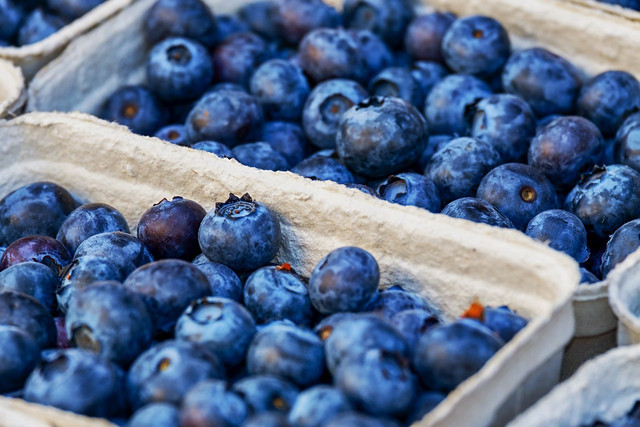


(Foto: CC0 / Pixabay / Couleur)
Red Cabbage
Blue food dye may look artificial, but you can get a nice blue dye using only two ingredients: red cabbage and baking soda. Chop red cabbage and place it in a large pot, then add enough water to cover the chunks. Let the mixture simmer for about 20 minutes over medium heat. Strain the cabbage and pour the liquid back into the pot. Bring to a simmer again until some of the water has evaporated and you get a thick consistency. Stir in a bit of baking soda, but no more than roughly ⅓ teaspoon or else you’ll end up with that salty baking soda taste. Watch the liquid turn from purple to blue, then transfer to a jar to cool. You’re done! Use as an instant food coloring to give fresh pasta an insane blue color, make a blue cake or dye your easter eggs.
Blueberries
From blueberries you can derive a slightly more purplish food dye. You can prepare them by following the instructions for raspberries above. Recipe idea: you can make a stunning blue chocolate glaze by melting white chocolate over a hot water bath and then adding the strained blueberries. Once everything is mixed thoroughly, dip cookies in the glaze or pour it over a cake.
Other Natural Food Dye Options
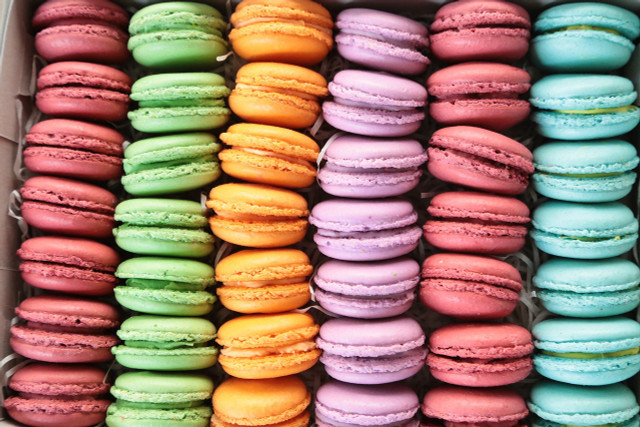


(Foto: CC0 / Pixabay / krislandina)
Natural Green Food Coloring
From matcha powder to liquid dye made out of parsley and spinach there are lots of ways to create a lush green color. You can find organic matcha tea powder online or get it from a local seller. Mix the powder with icing for cake, for instance, or dissolve it in some water and then use as dye.
Another way to get liquid green food coloring is to use spinach or parsley and puree the greens with a bit of water. Then pass the leaves through a sieve or strainer and collect the green “juice”. Bring the liquid to a boil, then scoop up the green dye swimming at the top.
Other Colors
You can get a nice yellow color by adding turmeric to your food. Be aware that the spice has a strong taste that doesn’t go with everything. Carrot juice makes for an excellent orange food coloring that goes well with sweets. For your next Halloween cupcake project, find out how to make black food coloring for baking and frosting.
Read on:
- How to Make Homemade Playdough: An Easy DIY Recipe
- Matcha vs. Green Tea: What’s the Difference?
- Cooking Red Lentils: Tips and Tricks
Do you like this post?






